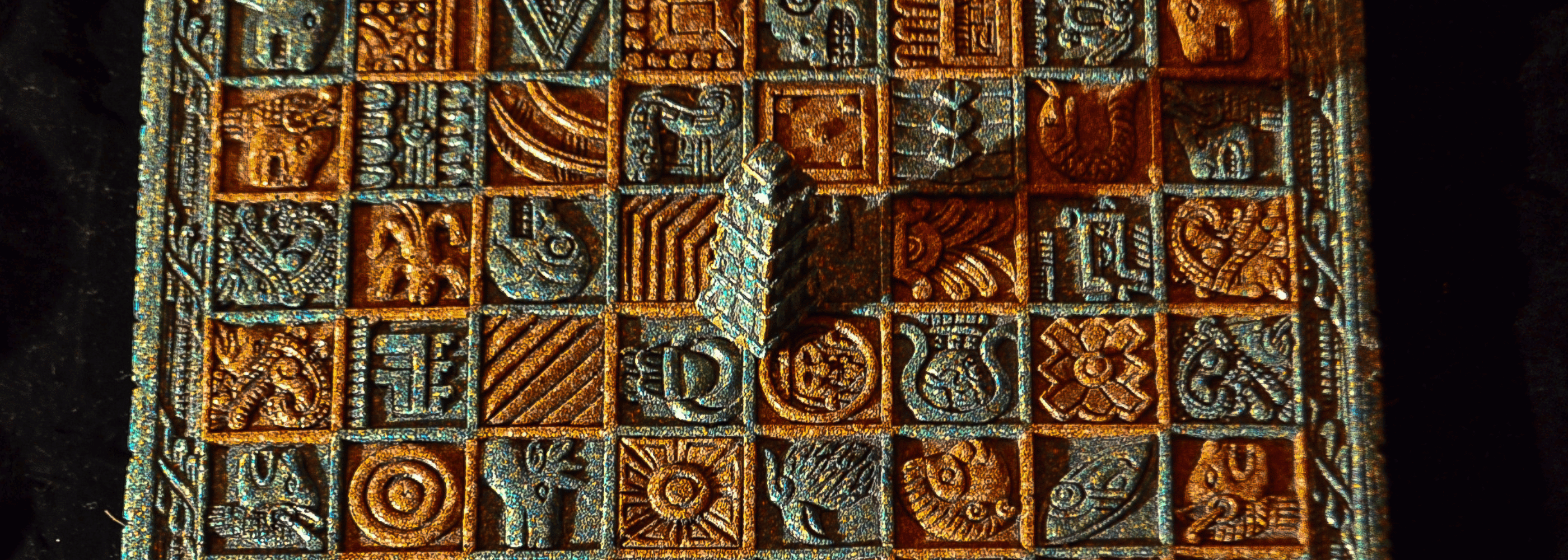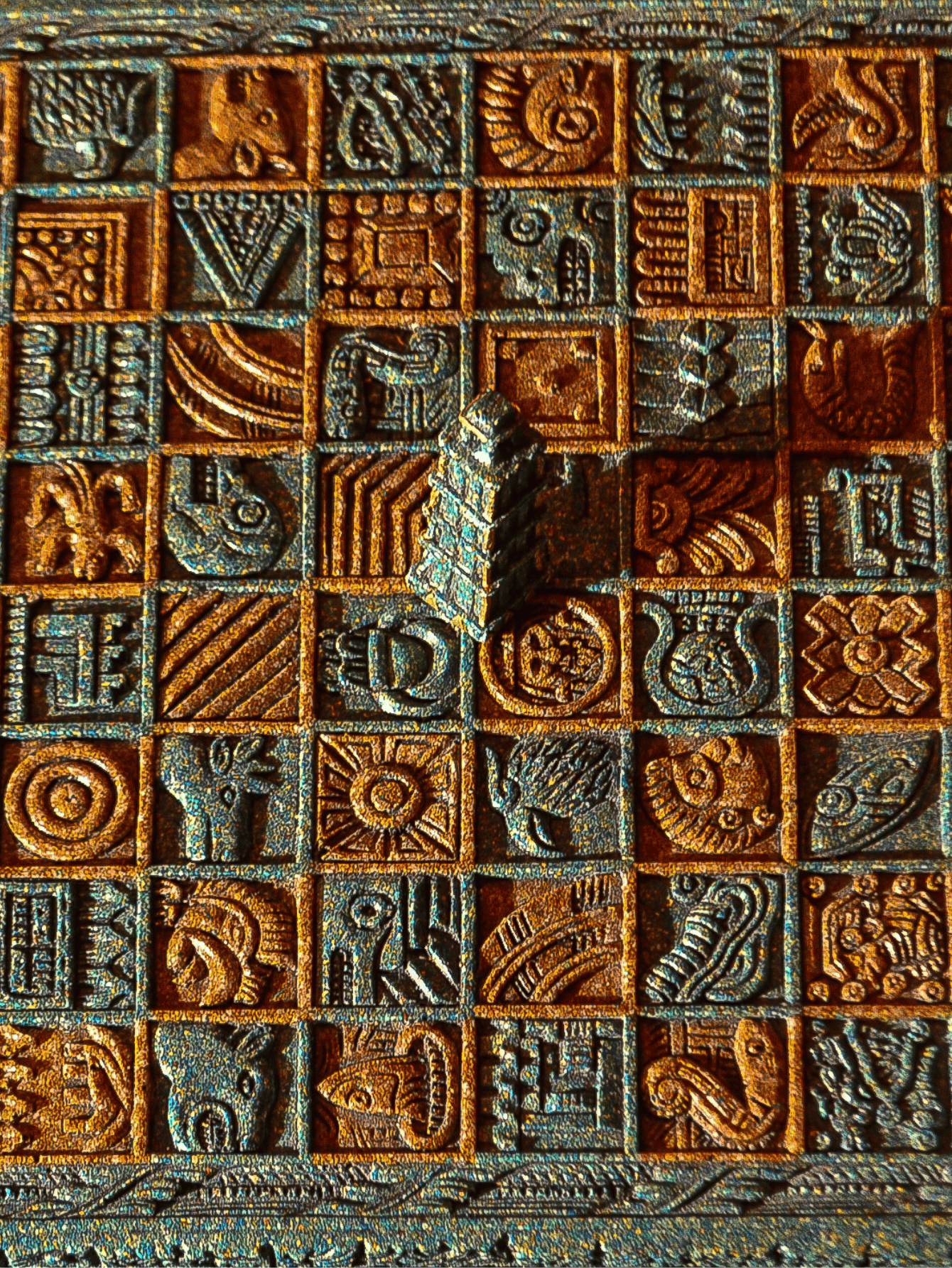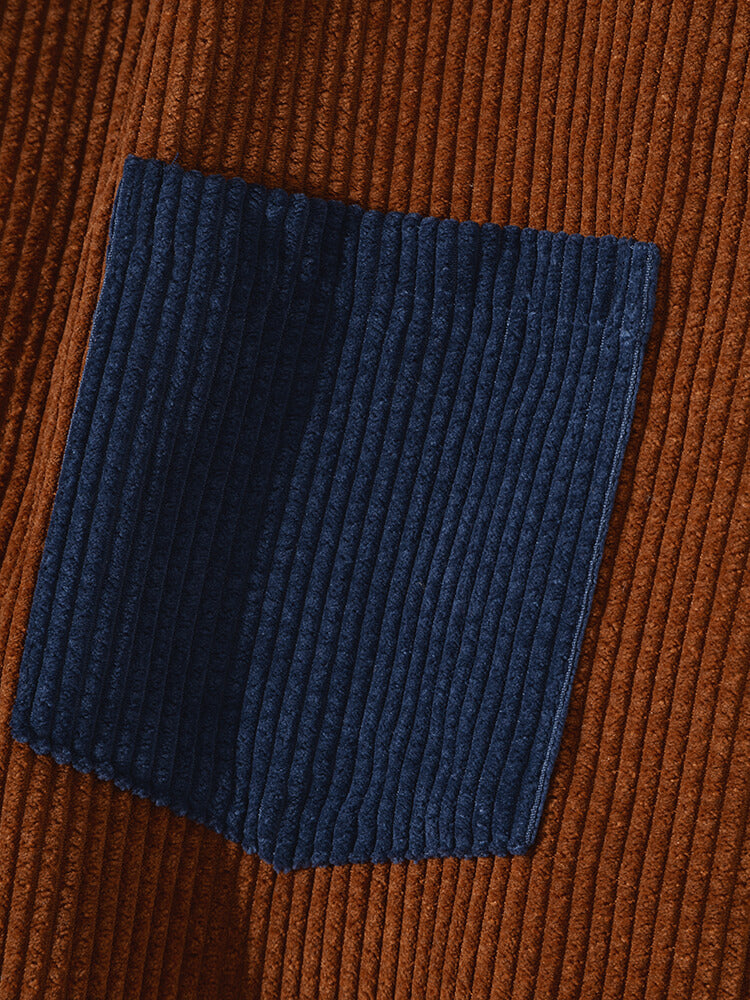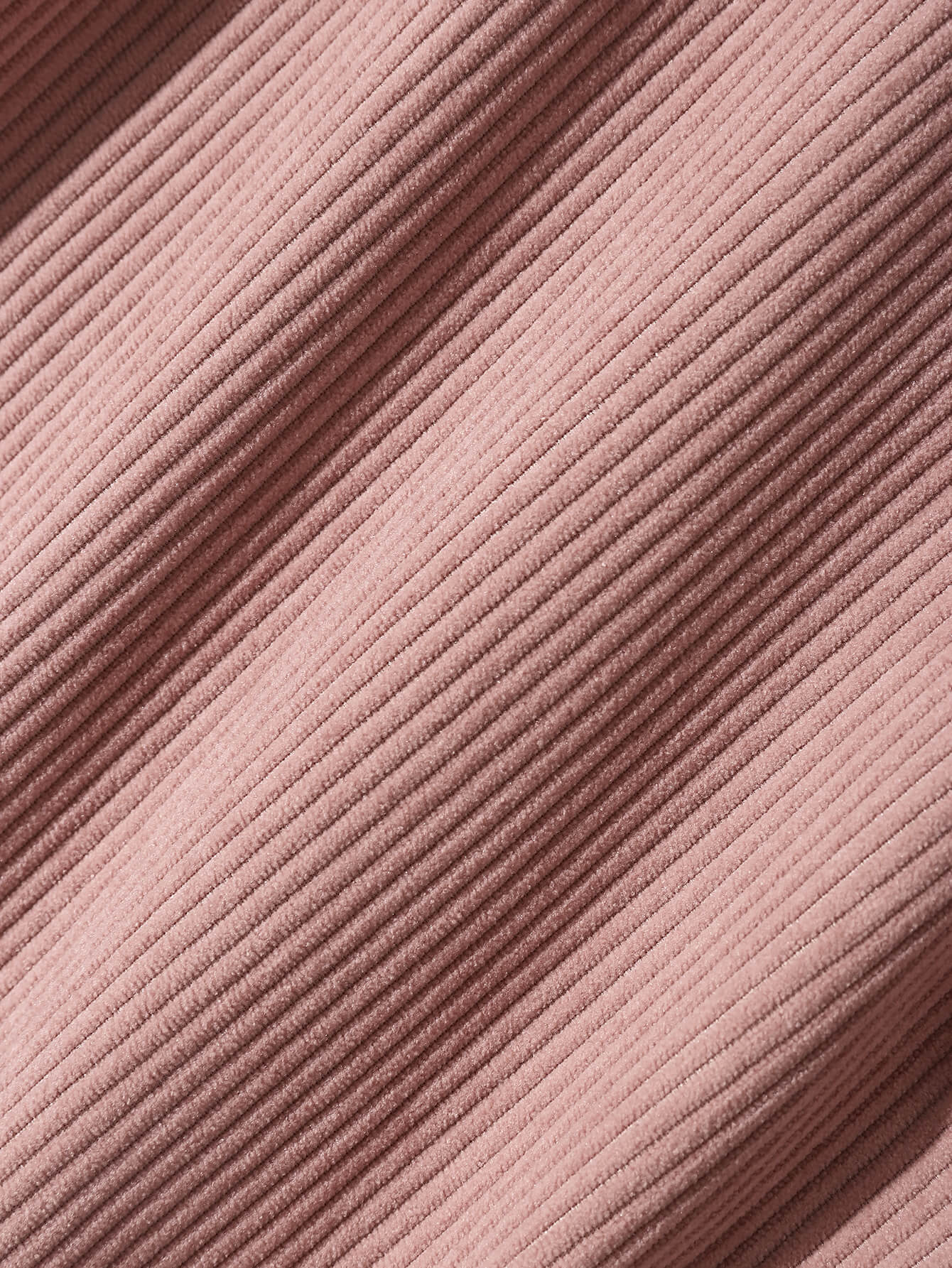Introduction to Aztec History
Before Spain colonized the Americas, residents of Mexico, its surrounding areas and the Valley of Mexico relied on illustrated books and records to record various aspects of their lives. Colored manuscripts contain information about their history, science, land ownership, tributes, and sacred rituals. According to the testimony of Bernal Diaz del Castillo, Montezuma had a library filled with such books called amator or amoxtri ), kept in palaces by Karpixis and nobles, containing tributes and some related to the conquest of Tenochtitlan, the indigenous people continued to produce colored manuscripts, and the Spaniards came to accept them and believed them to be valid and potentially important record of. Generations after the arrival of Europeans, pictorial records and representations of indigenous traditions in the Valley of Mexico continue strongly. The latest examples of this tradition date back to the early 17th century.

Mysterious Aztec style
Aztec architecture is characterized by symmetry as well as elements such as geometric designs and loose lines. According to Manuel Aguilar-Moreno, other important stylistic features include the use of "bas-reliefs, walls, squares, and platforms as media to represent gods and ideals." Aztec architecture also has many inherent symbolic elements, including the Four Elements. Each cardinal direction represents a god, a color and a symbol. Animal symbols were also used in Aztec architecture. The eagle represents the sun and the warrior, the snake represents water or fire, and the conch represents fertility. The temple itself represents the Aztec symbols of mountains, water, and fertility. Architecture, especially sculptures within temples, have symbolic paintings. Each cardinal direction was represented by a color and ruled by a religious figure, details of which were often incorporated into Aztec architecture. The north was believed to be ruled by Tezcatlipoca, the night god. North is represented in black. The south was ruled by Huitzilopochtli, the god of the sun and war, and was said to be characterized by the color blue.

Aztec style prints are still out of style
The Bohemian trend comes one after another, and the Aztec style comes from the mysterious country. Although Aztec embroidery and printing come from the ancient Indian nation, real fashion is timeless and ever new, so it is not rustic at all, but has a simple and refined style, full of natural and beautiful art. The refreshing and loose tops are embroidered with ethnic patterns, some are only embroidered on the collar and sleeves, and some have abstract flowers and animal patterns woven on the dresses, showing a simple and graceful beauty. Aztec's folk tradition overlaps with modern fashion, and it can be worn with jeans, knitted jackets or canvas shoes.





























